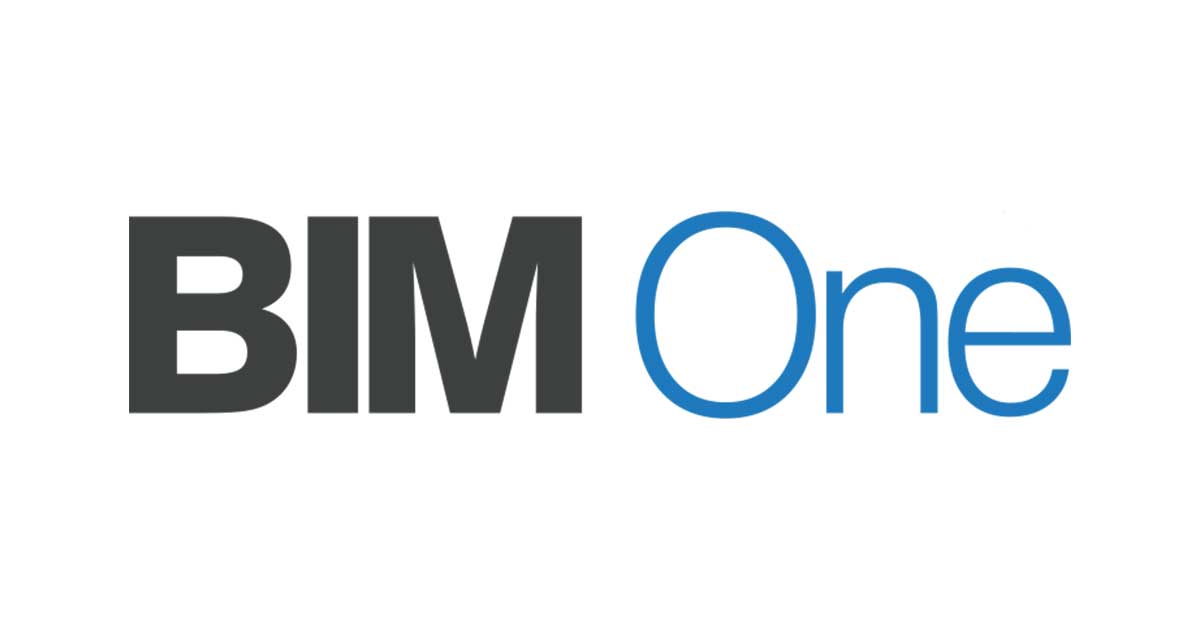Level: M.Eng.
Automating the BIM model quality control process for building operation and maintenance management
Abstract
—
Project results
The case study provided us with feedback on the tools developed.
During this study, we observed that models were of low quality, and this was mainly due to a lack of clear information requirements and modeling guidelines.
This shows the importance of clearly defining information requirements (AIR) and presenting a modeling charter in the contract.
We find that there is a need to make major corrections to the models to make them useful and operational for the management, operation and maintenance (MOM) phase.
In addition, although the proposed process focuses primarily on quality control of BIM models for asset management (FM-BIM).
To obtain a good quality model, it is important that quality control is carried out in the early phases before project delivery, since a good quality AS-Built model reduces the effort required to use it during the GEM phase.
What’s more, the majority of parties involved in updating models are less likely to be involved towards the end of the construction phase and at the time of delivery.
This is why, in the case of the new ÉTS Pavilion F, it is crucial to start including the missing operating data before the project is delivered.
The proposed process shows that it is necessary to go through the element and attribute mapping stage before moving on to the Model Checker verification stage.
The majority of modeled objects and attributes have unclear nomenclatures, making element and attribute mapping more difficult.
The case study also showed that the proposed quality control process focuses only on the presence of information, but does not address other aspects of quality control such as data relevance, formatting and consistency.
Project contributions
As BIM is mainly implemented during design and construction, it can offer real advantages during the operation and maintenance phase of a building.
This last phase of the project is very important, since it alone represents around 80% of the overall cost of the work.
That said, guaranteeing the production of quality BIM models will certainly make it possible to have well-structured and therefore better-communicated information for improved management of a building’s operation phase.
Automating the quality control process for these data will speed up information exchange, make the corresponding process more reliable, reduce the deficiencies and errors present in BIM models, and thus avoid having useless, poor-quality information.
The latter can cause considerable costs and delays in construction projects.
Having a good quality BIM model can improve the building delivery process by optimizing the time spent locating assets and installations.
A good quality as-built BIM model also improves the detection and identification of construction defects and will enable optimized reserve lifting.
Research team
The project team :
Team
The project team
Partners
This project was supported by :
Similar research
Explore our research in more depth by exploring these related studies and resources:
Level: Ph.D.
Year of publication: 2024
Level: M.Eng.
Year of publication: 2023
Level: Ph.D.
Year of publication: 2025



